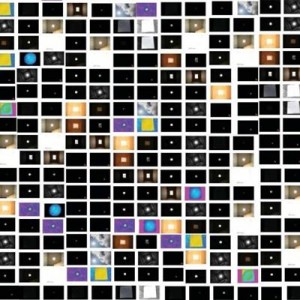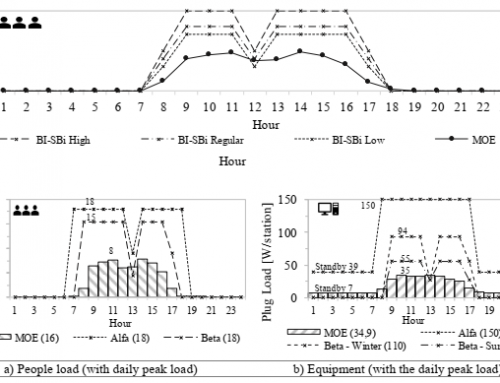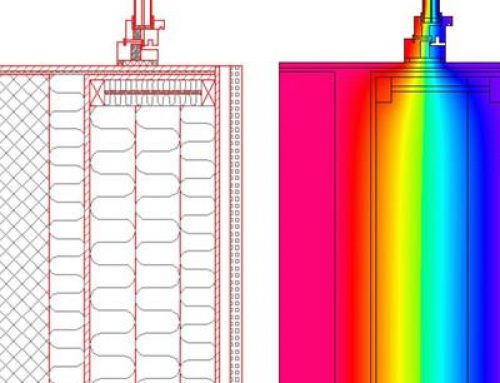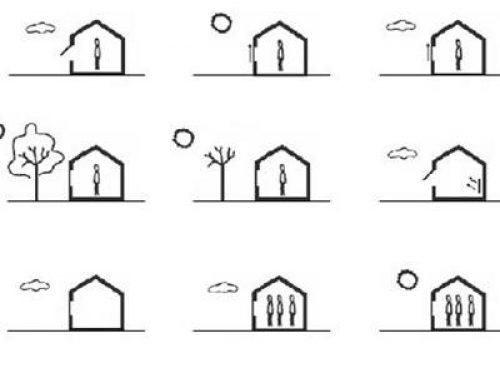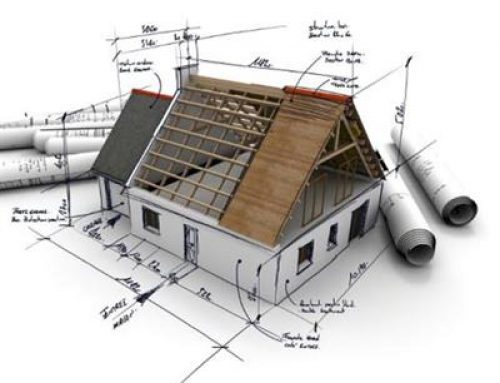Project Description
Total luminous flux measurements and luminous intensity distribution measurements
Abstract
A technique to determine the total luminous flux and the luminous intensity distribution of a vertical light tunnel is presented and tested. The technique is founded on high dynamic range (HDR) imaging technology which is based on the fact that each pixel in a HDR photography contains real-world luminance values similar to those measured with a spot luminance meter.
The method to determine the total luminous flux of a light tunnel only requires an ordinary digital consumer camera, a luminance mapping software [www.holigilm.info] and a diffuse transmitting material which in this project is paper. The setup is restricted to straight light tunnel tubes of low aspect ratios and high internal tube reflectivity however, potentials for measurements on other light tunnels design are present.
The luminous intensity distribution of a light tunnel can be determined to a limited extent by HDR imaging aswell. The approach requires a camera, a luminance mapping software, black curtains and a flat measurement board with a diffuse reflective surface. The surface is in this project created with barium sulfate. The outcome is a false color luminance map showing the distribution on a work plane.
Generally, the technique is applicable to determine the performance of a light tunnel in a snapshot. In order to obtain reliable results the measurements in terms of photos must be taken under stable light conditions. In addition to that a camera calibration is necessary. Such calibration is described in this report aswell.
Resume
Lysmålinger på lodrette lystunneler med High Dynamic Range billeder.
Dette projekt præsenterer og afprøver en teknik til at bestemme en lystunnels totale lysstyrke samt lysfordeling. Teknikken bygger på en HDR billede teknologi, der anvender det faktuk at hvert pixel i et billede indeholder en luminansværdi akkurat som var det aflæst med en luminansmåler.
Metoden til at bestemme den totale lysstrøm fra en lystunnel kræver kun et almindeligt digitalt kamera, et luminanskort software program [www.holigilm.info] og et diffust gennemskinneligt materiale, som i dette tilfælde er papir. Opstillingen er begrænset til kun at omfatte målinger på korte, lige lystunler med en høj reflektans på rørets indvendige side. Dog er der potentiale for at målinger også kan foretages på andre lystunneldesigns.
Lysfordelingen fra en lystunnel kan ligeledes beskrives ved brug af HDR billeder, dog i en begrænset fysik udstrækning. Metoden kræver ud over et kamera og et luminanskort program, også mørklægningsgardiner samt en måleplade. Målepladen skal have en diffus reflekterende overflade som i dette projekt er skabt med bariumsulfat. Lysets spredning vises visuelt med farver på det luminanskort som er skabt ud fra billeder af målepladen.
Generelt set kan teknikken bruges til at bestemme en lystunnels effektivitet og evne til at fordele lyset i øjebliksbilleder. For at opnå en høj kvalitet af målingerne, er det vigtigt at lysforholdene er stabile under billedtagningen. Derudover skal kameraet være kalibreret. En sådan kalibrering er ligeledes beskrevet i denne rapport.
